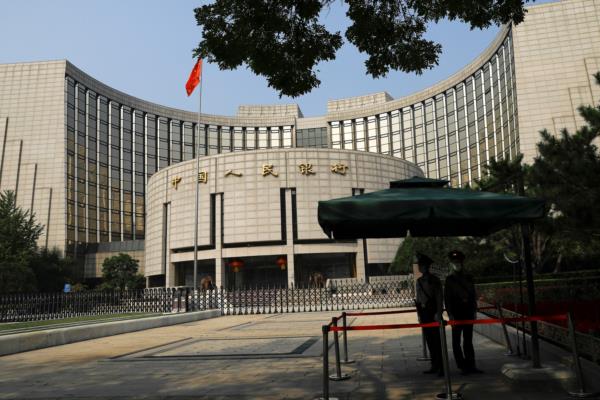
China's central bank is expected to maintain its policy rate unchanged while implementing measures to reduce liquidity in the financial system. This decision comes amidst efforts to balance economic growth and financial stability.
The People's Bank of China is anticipated to keep the one-year loan prime rate (LPR) steady at 3.85%. This move aims to provide stability and predictability for borrowers and lenders in the market.
Simultaneously, the central bank plans to drain some liquidity from the system through open market operations. By reducing the availability of funds, the bank aims to prevent excessive lending and inflationary pressures.
This strategy aligns with China's broader economic goals, which include promoting sustainable growth and managing financial risks. By keeping rates steady and tightening liquidity, the central bank seeks to strike a balance between supporting economic activity and preventing overheating.
The decision reflects the central bank's cautious approach to monetary policy, as it navigates challenges such as rising debt levels and external uncertainties. By maintaining a prudent stance, the bank aims to ensure the stability and resilience of the financial system.
Overall, China's central bank's decision to leave the policy rate unchanged and reduce liquidity demonstrates its commitment to maintaining a stable and sustainable economic environment. By carefully managing monetary conditions, the bank aims to support growth while safeguarding against potential risks in the financial system.







